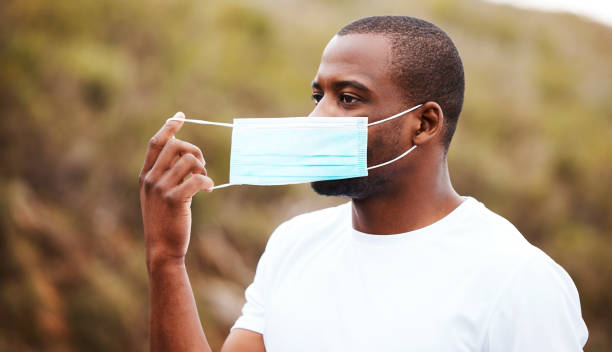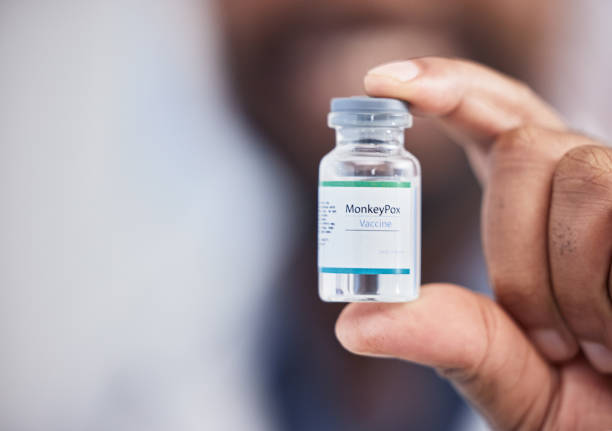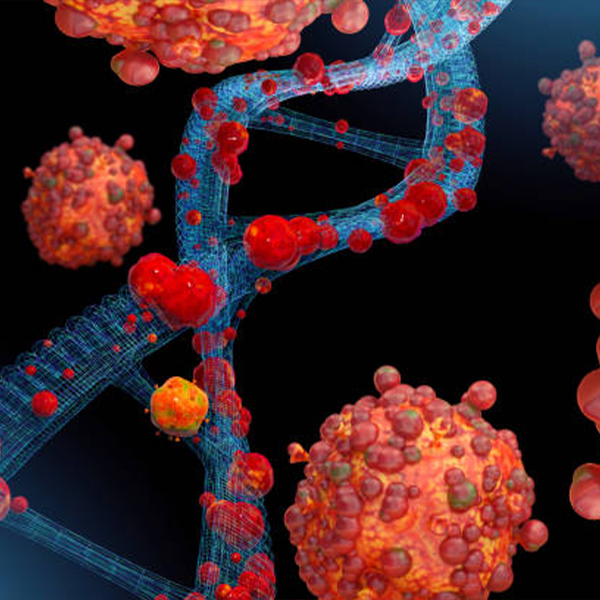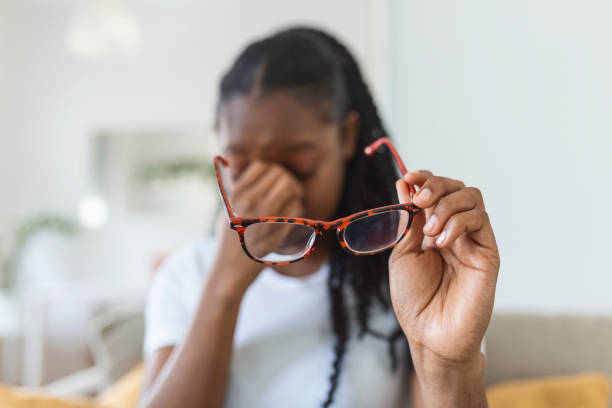Monkeypox is an emerging viral disease that poses a significant health risk due to its ability to spread from animals to humans and between humans. Recognizing its symptoms and understanding how to prevent it are crucial steps in safeguarding public health. This guide provides comprehensive information about monkeypox, its symptoms, prevention strategies, treatment options, and when to seek medical advice.
What is Monkeypox?
Monkeypox is caused by the monkeypox virus, which belongs to the same family of viruses as smallpox (Orthopoxvirus). Although similar to smallpox, monkeypox is generally less severe. The disease was first identified in laboratory monkeys in 1958, but it can infect a variety of animals, including rodents and non-human primates. Human cases of monkeypox were first recorded in 1970 in the Democratic Republic of Congo, and since then, outbreaks have been reported in various parts of Central and West Africa, as well as sporadic cases outside Africa.
Recognizing the Symptoms
Early detection of monkeypox is crucial for effective treatment and to prevent further spread. Common symptoms include:
- Fever: Often the initial symptom, usually appearing one to three days before the rash.
- Headache: Severe and persistent headaches.
- Muscle Aches: Generalized body aches and muscle pain.
- Swollen Lymph Nodes: Enlargement of lymph nodes, which helps distinguish monkeypox from smallpox.
- Rash: A rash that typically starts on the face and spreads to other parts of the body. It progresses from macules to papules, vesicles, pustules, and eventually scabs.
Prevention Tips
Preventing monkeypox involves avoiding contact with the virus and implementing measures to reduce the risk of transmission.
Avoid Contact with Infected Animals
- No Touching: Avoid direct contact with animals that could be infected with monkeypox, particularly those in areas where the disease is known to occur.
- Animal Handling Precautions: If you must handle animals, wear protective clothing and follow safety protocols.
Practice Good Hygiene
- Hand Washing: Wash your hands frequently with soap and water, especially after contact with animals or people who may be infected.
- Sanitizers: Use alcohol-based hand sanitizers if soap and water are not available.
Avoid Close Contact with Infected People
- No Sharing: Do not share personal items, such as bedding, towels, or clothing, with someone who has monkeypox.
- Social Distancing: Maintain a safe distance from individuals showing symptoms of monkeypox.

Use Personal Protective Equipment (PPE)
- Gloves and Masks: Wear gloves and masks when caring for someone with monkeypox to reduce the risk of transmission.
- Protective Clothing: Healthcare workers and caregivers should use appropriate PPE, including gowns and face shields.
Vaccination
- Smallpox Vaccine: The smallpox vaccine can provide some protection against monkeypox due to the similarity between the viruses. In regions with monkeypox outbreaks, vaccination may be recommended for individuals at high risk.
Treatment Options

While there is no specific treatment for monkeypox, supportive care and symptomatic treatment can help manage the condition.
Symptomatic Treatment
- Fever and Pain Management: Use medications such as acetaminophen or ibuprofen to reduce fever and alleviate pain.
- Hydration: Ensure the patient stays well-hydrated.
Isolation
- Prevent Spread: Infected individuals should be isolated to prevent the spread of the virus to others.
- Home Care: If possible, patients should be cared for at home with minimal contact with others, following strict hygiene and infection control measures.
When to Seek Medical Advice
If you experience symptoms of monkeypox or have been in contact with someone who is infected, it is essential to seek medical advice promptly. Early diagnosis and isolation can help prevent the spread of the virus and ensure appropriate care.
Conclusion
Monkeypox is a serious disease that requires vigilance and preventive measures to control its spread. By understanding the symptoms, practicing good hygiene, avoiding contact with infected animals and people, using personal protective equipment, and considering vaccination, individuals can protect themselves and their communities from monkeypox. Staying informed and taking proactive steps are vital in preventing and managing this viral disease.


